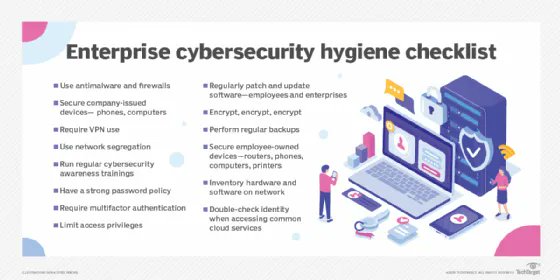
AI sending out malware attacks may invoke images of movielike, futuristic technology, but it may not be too far from reality. Read up on the future of AI-powered malware.
AI is making its mark on the cybersecurity world.
For defenders, AI can help security teams detect and mitigate threats more quickly. For attackers, weaponized AI can assist with a number of attacks, such as deepfakes, data poisoning and reverse-engineering.
But, lately, it’s AI-powered malware that has come into the spotlight — and had its existence questioned.
AI-enabled attacks vs. AI-powered malware
AI-enabled attacks occur when a threat actor uses AI to assist in an attack. Deepfake technology, a type of AI used to create false but convincing images, audio and videos, may be used, for example, during social engineering attacks. In these situations, AI is a tool to conduct an attack, not create it.
AI-powered malware, on the other hand, is trained via machine learning to be slyer, faster and more effective than traditional malware. Unlike malware that targets a large number of people with the intention of successfully attacking a small percentage of them, AI-powered malware is trained to think for itself, update its actions based on the scenario, and specifically target its victims and their systems.
IBM researchers presented the proof-of-concept AI-powered malware DeepLocker at the 2018 Black Hat Conference to demonstrate this new breed of threat. WannaCry ransomware was hidden in a video conferencing application and remained dormant until a specific face was identified using AI facial recognition software.
